
15 Strategies Top Universities Use to Increase Student Enrollment in 2026
SHARE :



The higher education sector is in crisis, and it’s no longer a secret.
Undergraduate enrollment has dropped by 2.4% since the pre-pandemic era. Economical instability, migrations, new career opportunities, and rising demand for specific skills are only part of the problem.
Moreover, lack of information, changing perceptions, and poor promotion are making things worse.
If you’re an enrollment officer or admissions coordinator, you know the frustration.
But not all hope is lost. With the right marketing strategy, you can still turn things around.
Just look at the University of California. They saw a 45% spike in freshman applications in early 2025 using smart, student-first tactics.
Your students are out there. They still just don’t know how to reach you.
This article breaks down 15 simple, effective marketing strategies to increase student enrollment during your next season.
So, grab your coffee and let’s dive in.
15 marketing strategies to increase student enrollment
Prospective students are usually very sensitive about their enrollment. They are often confused about the career outcome and the facilities an institution will provide. And don’t forget the skeptical guardians, too.
As the admission official, you’ll have to put yourself in their shoes first. Then, follow strategies that ease their worries, cast away the confusion, and show them that your institution is worth it.
You’ll learn 15 strategies in this section that will make your institution the right choice for your prospective students and increase student enrollment.
1. Build and maintain a dedicated website for your institution
A user-friendly, responsive, and informative website is the first step in any solid education marketing strategy. Because let’s be real here. Any student will Google about an institution first.
And if you’re not showing up or making a good first impression, you’re basically invisible.
Take Purdue University, for example. Their website is clean and well-structured. It does a great job showcasing programs, alumni success, and real student stories. They also highlight career outcomes and even offer direct sessions with partner companies.
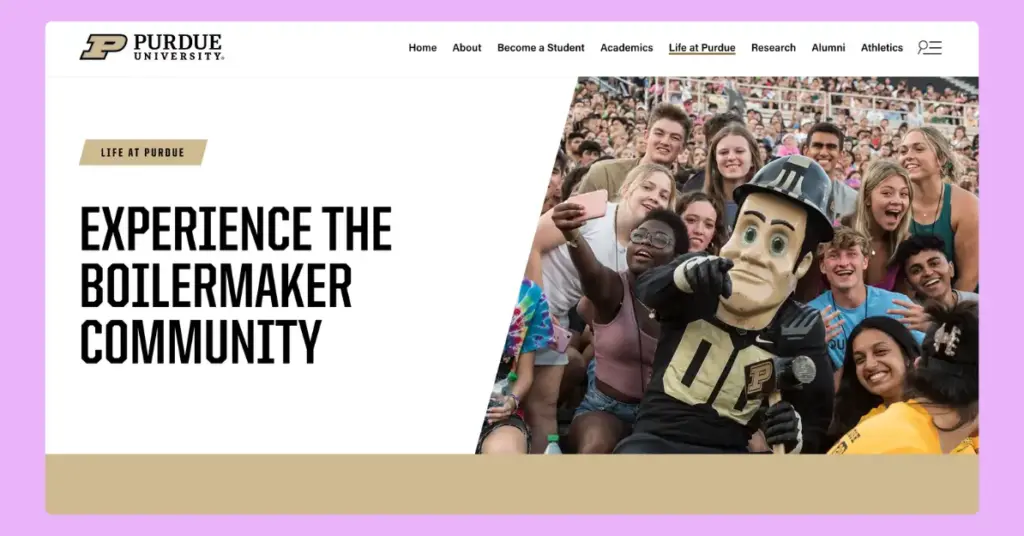
Follow these steps to increase student enrollment with a dedicated website:
- Make it look great and easy to use: Stick to your university’s color palette and use breadcrumbs to improve navigation.
- Keep information clear and accessible: Include everything students need to know, such as admissions, scholarships, campus life, and more.
- Use high-quality visuals: Showcase campus life through WebP images and videos to strike a balance between speed and quality.
- Add custom testimonials from alumni: Real stories in form of custom testimonials from past students help build trust and highlight the impact of your programs.
- Highlight career outcomes: Create a dashboard that shows graduate numbers, hiring rates, and top employers per program; this is what 68% of Gen Z care most about.
Bonus Tips: If you are new to the education industry and don’t have a website yet, no worries. You can follow our guide on how to make a website for free.
2. Invest in content marketing with value-driven resources
The new generation of students researches a lot before applying to an institution. They seek honest, helpful, and meaningful content that reflects their interests and concerns.
The University of Queensland is a good example. They share student blogs, career advice, study tips, and campus experiences, just to help students understand what they offer.
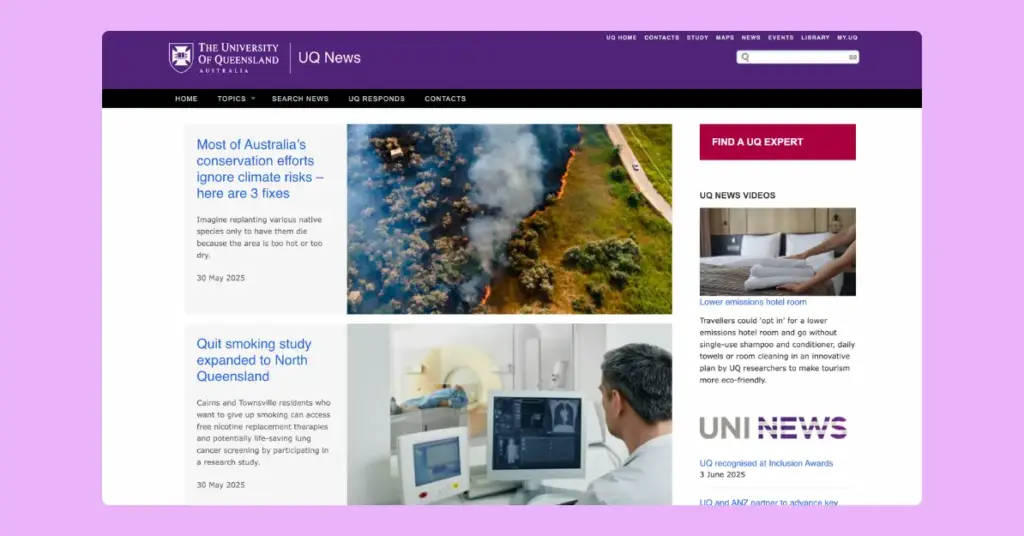
That’s what content marketing should do. Build trust. Clear confusion. And make students feel like they belong.
Here are some effective strategies for increasing student enrollment with content marketing:
- Create a blog section on your website. You can write about department overviews, admission guidance, student concerns, and career tips in simple language.
- Publish useful resources. Break down your course details, scholarship info, tuition overviews, and campus facilities into catchy visuals. You can use design tools like Canva.
- Use content to connect emotionally. Share student journeys, faculty stories, or research highlights through a simple video. AI-powered video tools like Lumen5 can help.
3. Promote student-generated content campaigns
Every student dreams about university life. A little sneak peek into campus life can have a huge impact on their admissions decisions.
The University of Michigan does this really well. They let students take over their Instagram and YouTube accounts to share behind-the-scenes moments, academic life, and campus experiences to increase enrollment.
They now have 477k followers on Instagram and 61.1k subscribers on YouTube, and student-generated content has played a big role in growing their students.
It’s more genuine, more relatable, and more trusted.
Follow these steps to increase student enrollment with student-generated content:
- Launch social campaigns with hashtags. Let students share photos or videos on events like Halloween using something like #HalloweenAtMyUni.
- Arrange monthly takeovers. Allow students to run your Instagram or TikTok and show their day-to-day life on campus.
- Display student posts on your website. Embed social feeds and highlight hashtag-based content to make student voices more visible with tools like WP Social Ninja.
- Offer small rewards. Badges, shoutouts, or giveaways can push more students to join in and create content.
Bonus Tips: Learn how to create beautiful Instagram hashtag walls on your website to highlight student-generated content.
4. Ensure SEO for local and international searches
If students can’t find you when they search for programs, scholarships, or campus life opportunities, nothing else matters. That’s why you must optimize your website for SEO (Search Engine Optimization).
Local or international, your website needs to show up when they search. That’s how you get genuine traffic and increase enrollment.
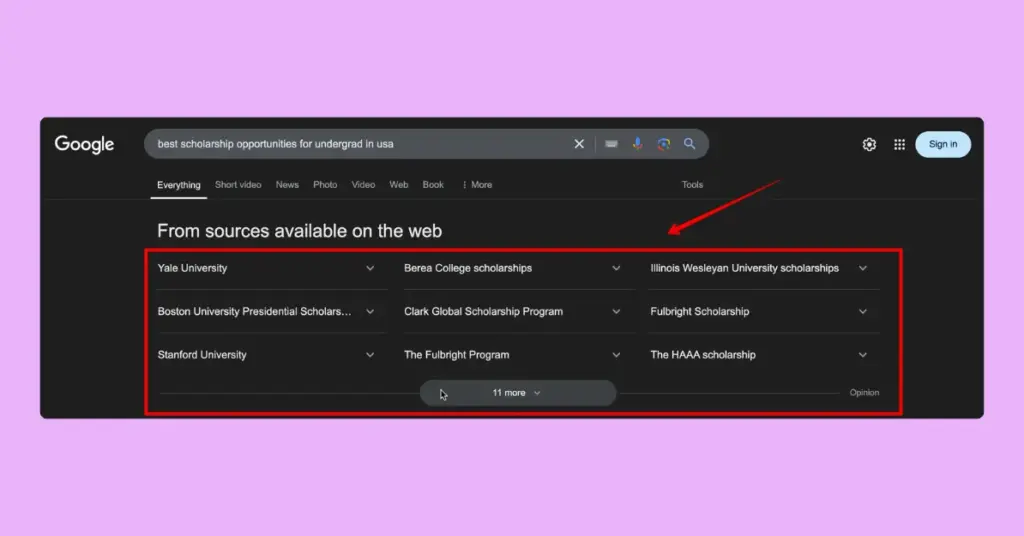
Here are some strategies to increase college enrollment with SEO optimization:
- Find the right keywords: Target terms students are actually searching for, like “best medical colleges in…” or “affordable engineering programs”. Use Semrush for your keyword research.
- Speed up your website. Compress images into WebP format, clear cache, and use a CDN to make your site load fast without glitches.
- Use long-tail keywords and schema markup. Moreover, you should add FAQs, enable voice search compatibility, and use clear visuals to improve search rankings.
- Create location-based web pages. To attract more international students, consider including visa information, local student stories, and admission guides for each region.
- Create and update your Google Business Profile. Make sure all details are accurate so local students can find and contact you easily.
- Optimize your website for mobile. Make sure your site looks and works great on smartphones since most students browse from mobile devices.
- Track performance with SEO tools. Use platforms like Google Search Console or Ahrefs to monitor rankings and fix issues early.
5. Launch personalised digital and email marketing campaigns
Students are tired of generic messages. They don’t read or trust them. If you want to get noticed, you have to personalise your campaigns. Almost 93% of students feel encouraged to explore a college further if they get personalized messages.

Here’s how to increase student enrollment in universities with personalised campaigns:
- Segment your prospects properly. Group them by location, interest, or application stage to send the right message to the right student.
- Use smart email automation. Tools like FluentCRM can help you send reminders, updates, or invites based on what students care about.
- Retarget students with ads. Show Facebook, Google, or LinkedIn ads to the ones who visited your site but didn’t apply.
- Collect and sort leads the right way. Use Fluent Forms to gather info and automatically place students into the right segment.
6. Provide virtual reality (VR) campus tours
Many students, especially international ones, can’t visit the campus physically. But that doesn’t mean they shouldn’t get a feel for it. A virtual tour can solve this. It gives them a sense of space, culture, and everyday life, before they apply and make their decisions fast.
Harvard offers a full VR campus tour where students can explore lecture halls, libraries, and student spaces from anywhere.
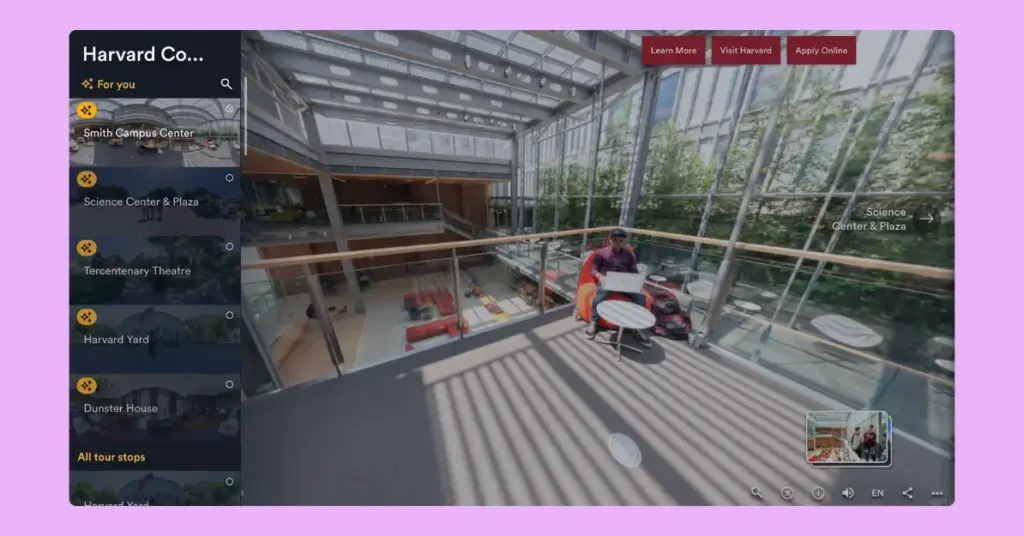
Here are the top strategies for increasing student enrollment using virtual campus tours:
- Create a full VR tour of your campus. Show classrooms, dorms, labs, and common spaces using tools like Concept3D or YouVisit.
- Add clickable hotspots. Let students explore areas with short info, videos, or quick voiceovers.
- Include student voices. Add clips from current students sharing what they love about each spot.
- Make it mobile-friendly. Use platforms like Matterport or Kuula to ensure smooth mobile viewing.
- Embed the tour on key pages. Place it on your homepage, admission page, and course pages for more visibility.
- Promote it on social media. Share tour clips on Instagram Reels, YouTube Shorts, or Facebook.
- Track engagement. Use tools like Google Analytics or Hotjar to see what students are clicking or skipping.
7. Offer micro-scholarships in a gamification style
Big scholarships are nice. But it has two big problems. First, it might intimidate many students, and secondly, it will cut your profit margin to a great extent. However, these issues can easily be resolved by offering micro-scholarships with a bit of gamification for enrollment increase.
Take Duolingo, the biggest language learning app, as an ideal example. Their gamified approach has redefined the concept of learning. Today, the platform has 19 million active users, and 20% of reviewers say they keep coming back because it’s fun and feels like a game.
But you don’t need to go all out like Duolingo to benefit from gamification. Arizona State University uses simple trivia quizzes about campus life and majors to spark interest and guide students toward relevant programs.
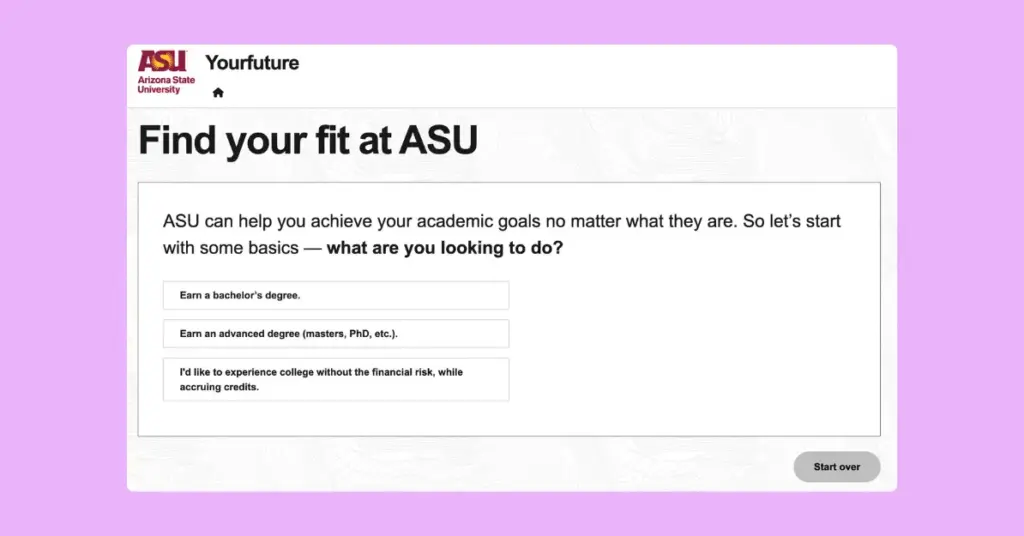
Here are some creative ways to increase student enrollment using gamification:
- Reward small actions. Use ScholarshipOwl or Going Merry to offer $25–$100 scholarships for tasks like webinar sign-ups or essay submissions.
- Let students track their progress. Platforms like Classcraft or even a simple Notion dashboard can help them see how far they’ve come.
- Add challenges or streaks. Set up bonus rewards for completing 3 to 4 tasks in a row using tools like Gamify or Mambo.IO.
- Send personalized nudges. Use FluentCRM to trigger emails based on their progress or unlocks.
- Promote it smartly. Add banners to your site and highlight rewards in your email campaigns and socials.
Bonus Tips: Explore more about gamification with real-life examples from a business perspective and how it might fit in your enrollment increase strategies.
8. Promote alumni-powered mentorship programs
Students care about outcomes. They want to know what happens after they graduate. That’s where alumni mentorship makes a big difference. It builds trust, shows real-world value, and makes your programs feel more practical.
Colleges that highlight alumni support often see stronger engagement during the decision phase. A quick chat with someone who’s been there can matter more than a whole prospectus.
Even Ivy League giants like Columbia University highlight alumni mentorship as an important part of their student support and enrollment increase strategy.
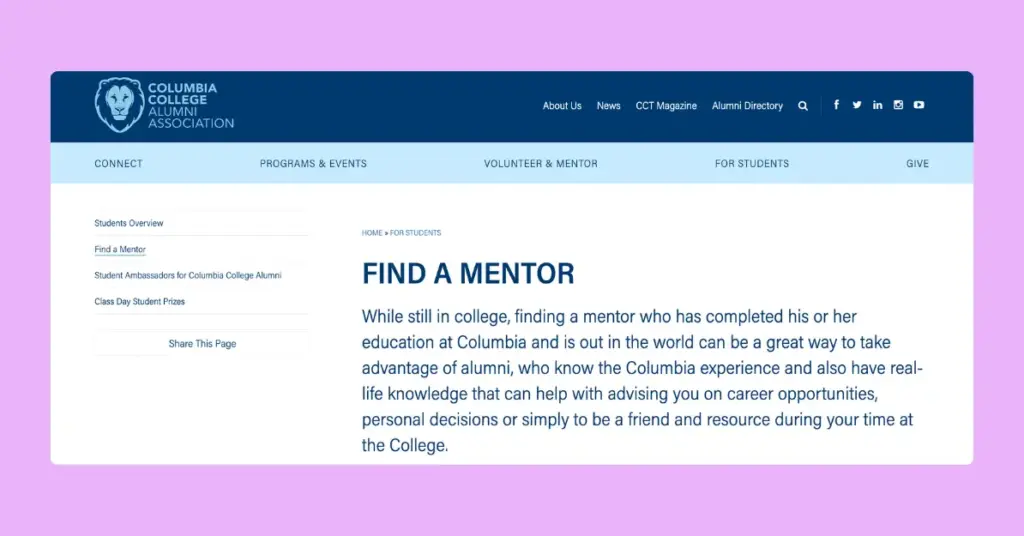
Here’s how to get more students with alumni mentorship:
- Set up a mentorship program. Use tools like Graduway or Almabase to match students with alumni.
- Highlight success stories. Share alumni journeys through short videos or blog posts. Build your student-alumni community using tools like FluentCommunity.
- Host monthly Q&A sessions. Let alumni join webinars or live chats with prospective students.
- Add mentorship mentions in emails. A quick line about alumni support can make a big impact.
- Show alumni on your website. Create a section where students can browse mentors by field or program.
9. Cross-promote with complementary programs
Sometimes students don’t find the right program because it’s hidden behind the one they thought they wanted. Cross-promotion helps fix that. It provides students with more options based on their existing interests.
If someone’s checking out your marketing degree, why not show them your communications or business programs too?
Here’s how to increase student enrollment in universities with smart cross-promotion:
- Add related programs to course pages. Use a “You may also like” section to suggest similar options.
- Promote combos in emails. If a student clicks on a design course, follow up with your media or visual arts programs.
- Use internal linking. In blog posts, guide readers to other departments that share the same interest.
- Bundle events together. Host joint webinars or tours that include multiple departments.
10. Build a chatbot assistant for application guidance
Most students have questions during the application process. However, not all of them are willing to send emails and go through a lengthy process just to obtain simple information.
A chatbot can help in this situation. It helps answer questions instantly, walking them through the steps, and keeping them from dropping off halfway. Even major US universities like the University of Texas are introducing chatbots to retain more students.
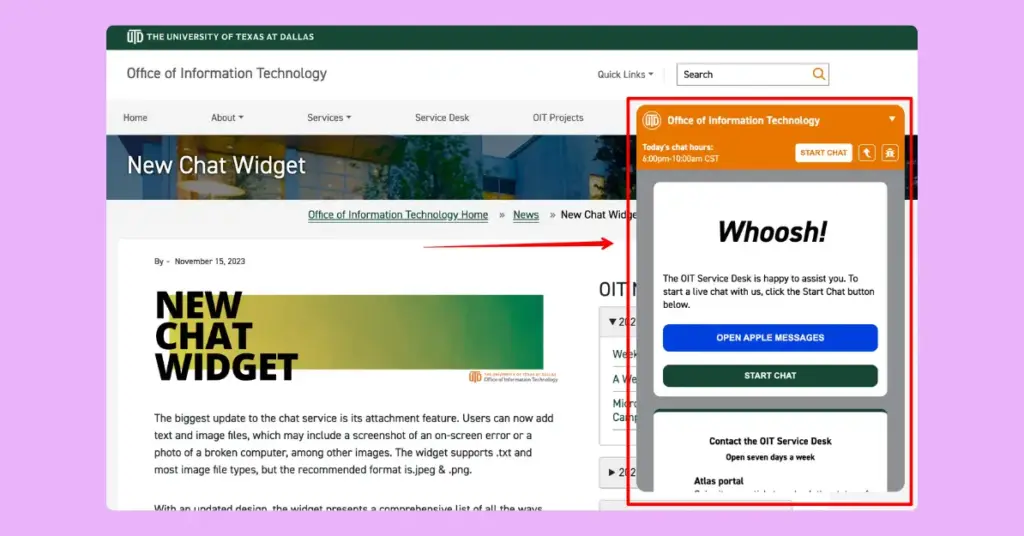
Here’s how to increase student enrollment with a chatbot assistant:
- Set up a chatbot on your admission pages. Use tools like WP Social Ninja for easy social chat integration.
- Cover common questions. Include deadlines, required documents, scholarships, and course-specific info.
- Make it feel human. Add student-like language and a friendly tone so it doesn’t sound robotic.
- Guide students step by step. Break down the full application into simple and easy steps.
Pro Tips: Learn how to add chat widgets easily on your institution’s website with WP Social Ninja.
Win your customers’ hearts with exceptional features
Discover how WP Social Ninja can assist you in designing outstanding customer experiences.
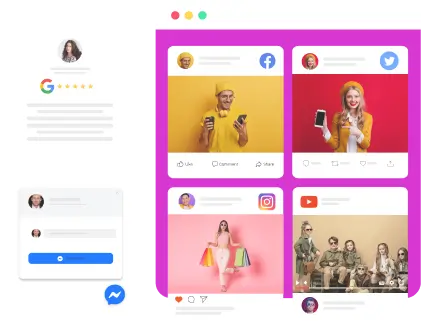
11. Host a webinar series and podcasts with industry experts
Students don’t just want a degree. They want to know where it leads. When they hear directly from industry experts, alumni, or hiring managers, it hits different. It makes the value of your program feel real.
Plus, webinars and podcasts are low-cost and easy to scale. This is so effective that the best institutions like Harvard or MIT make it a part of their core marketing strategies.
Here’s how to increase student enrollment with webinars and podcasts:
- Host monthly expert sessions. Invite industry professionals, alumni, or faculty to discuss careers and real-world work experiences.
- Turn it into a podcast. Use tools like Riverside, Zoom, or Zencastr to record and repurpose content.
- Let students ask questions live. Keep it interactive and personal, not just another lecture.
- Share clips on social media. Cut short moments for Reels, Shorts, and TikTok.
- Send replays via email. Include links in nurture sequences for students who missed them.
12. Offer free mini-courses and workshops with certification
Students love trying things before committing. Short courses or workshops provide them with that opportunity. If they like the content and the experience, they’re more likely to stick around for the full program.
Throw in a certificate like the University of Toronto does, and it feels like a win.

Here are some enrollment strategies with free mini-courses:
- Offer short online courses. Use platforms like Moodle, Teachable, or Google Classroom to host them.
- Add a simple certificate. Even a branded PDF can give students a sense of achievement.
- Make the content relevant. Focus on skills that tie directly into your full programs.
- Promote it as a try-before-you-apply. Use it to warm up cold prospects who aren’t ready to enrol yet.
- Collect emails during sign-up. Use Fluent Forms to build your list while they learn.
13. Introduce different community service initiatives
Today’s students want more than just a degree. They care about purpose, impact, and giving back.
Community service opportunities can help you stand out. It shows students that your institution values real-world contribution, not just grades.
And for many, it becomes a deciding factor. The University of Washington understands this better. They have been consistently ranking for community service and Peace Corps volunteer numbers.
Here’s how to increase student enrollment through community service:
- Highlight service-based programs. Promote projects tied to sustainability, education, or social change.
- Let students earn credits. Turn service hours into academic credit or certificate add-ons.
- Show real stories. Share photos, quotes, or videos from students who’ve worked on these projects.
- Partner with local organizations. Collaborate with nonprofits or city groups to run ongoing initiatives.
- Add it to your pitch. Mention service opportunities clearly on program pages, webinars, and email campaigns.
14. Develop student ambassador programs
Students trust other students more than any official brochure.
A good ambassador program puts your best voices out there. It makes your institution feel more real, more relatable, and more welcoming.
Plus, it builds a strong sense of community, which is the base of good enrollment strategies.
Here’s how to increase student enrollment with ambassador programs:
- Recruit outgoing, engaged students. Pick those who know the campus well and love to talk about it.
- Let them host live sessions. Use Instagram Lives, webinars, or campus tours led by ambassadors.
- Encourage peer-to-peer chats. Tools like Unibuddy or Convo let prospects message ambassadors directly.
- Feature them in content. Use student faces in blog posts, videos, and social media reels.
- Offer perks and facilities. Give ambassadors certificates, merch, or networking opportunities in return.

Get exclusive social media marketing tips and tutorials in your inbox!
15. Use data to upgrade your strategies periodically
Guesswork is no work. If you truly want to improve enrollment at your institution, you need to understand clearly what strategies are working best for you. For that, you’ll have to understand your data better.
Enrollment strategies are variable. They change with culture, industry updates, political situations, and in many more ways. That’s why you need to track data to adapt to these changes.
Here’s how to improve enrollment by using your data right:
- Track key performance metrics. Monitor page visits, form submissions, email opens, and webinar attendance.
- Use the right tools. Platforms like Google Analytics, Matomo, or Hotjar give clear insights into user behavior.
- Test and tweak. Run A/B tests on landing pages, email subject lines, or ad copy to see what clicks.
- Review channel performance. Look at how each platform performs, search, email, and social, and adjust budgets accordingly.
- Schedule monthly reviews. Set a time to go over the numbers and refine your approach regularly.
Meet your enrollment goal with smart strategies
There will always be learners eager to explore the vast world of knowledge. But times have changed. Students now have many options and access to information like never before.
As an enrollment manager, you need to understand that students are looking for you, too.
This article has shared all the key strategies you’ll need in 2025 to bridge this gap and increase student enrollment. Focus on these approaches and keep improving your quality, and students will keep coming.
Frequently Asked Questions(FAQs)
Which factors affect student enrollment the most?
A student’s decision to enroll usually comes down to money, opportunities, and how well your institution shows up. Key reasons include:
- Tuition and financial aid
- Career outcomes and job prospects
- Academic program availability
- Institution reputation and rankings
- Demographics and location
- Technology and campus resources
- Marketing and outreach
- Admissions policies and experience
- Health, safety, and societal trends
What is the future of student enrollment strategies?
Technology is advancing, jobs are changing, and students today want something different from what they did even five years ago. Here are some of the most anticipated future enrollment trends:
- Alternative credentials and short-term programs
- Remote and hybrid learning models
- Work-based and experiential education
- Lifelong and continuing education pathways
- AI-driven and personalized learning tools
- Competency-focused program structures
- University–industry collaboration
- Equity and inclusive enrollment practices
- Expansion through micro or branch campuses
- Digital verification and blockchain credentials
- Flexible learning schedules and formats
- Outcome-focused program selection
- Data-powered marketing and recruitment strategies
Will the e-learning platforms affect universities?
E-learning platforms aren’t replacing universities. But they’re changing expectations. Students now look for flexible, affordable, and skill-based learning options.
To stay relevant, universities must adapt. This involves offering online courses, hybrid models, and short programs to enhance enrollment.
Will traditional learning culture be lost?
Traditional learning isn’t going anywhere. However, it’s changing so rapidly. Classrooms, campus life, and in-person discussions still matter.
They build connections and bonds. But students also want flexibility and control. So, the future will be a mix of tradition and modern culture.
Mashfik Upal Aumy
Aumy is a veteran Digital Marketer at WP Social Ninja, specializing in the WordPress industry. With almost two years of experience, Aumy crafts content that breaks down complex branding theories, product marketing campaigns, and social media tactics in a digestible manner for businesses. While not working, you’ll find him reading books, watching movies, or exploring new places on a bike.

Subscribe To Get
Weekly Email Newsletter
Connect, Customize, and Display Social Feeds, Reviews, and Chat widgets




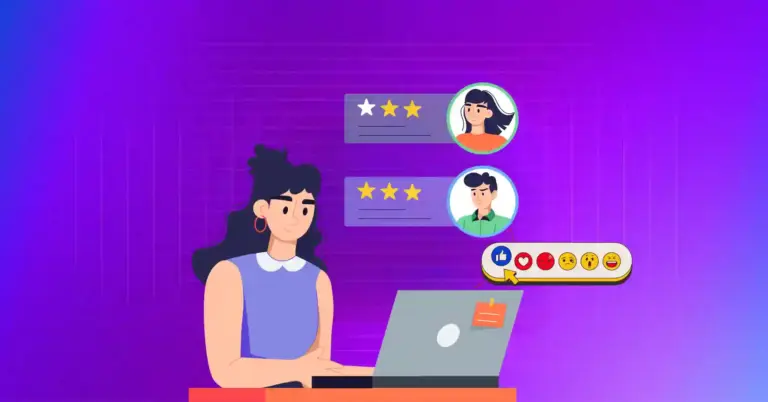

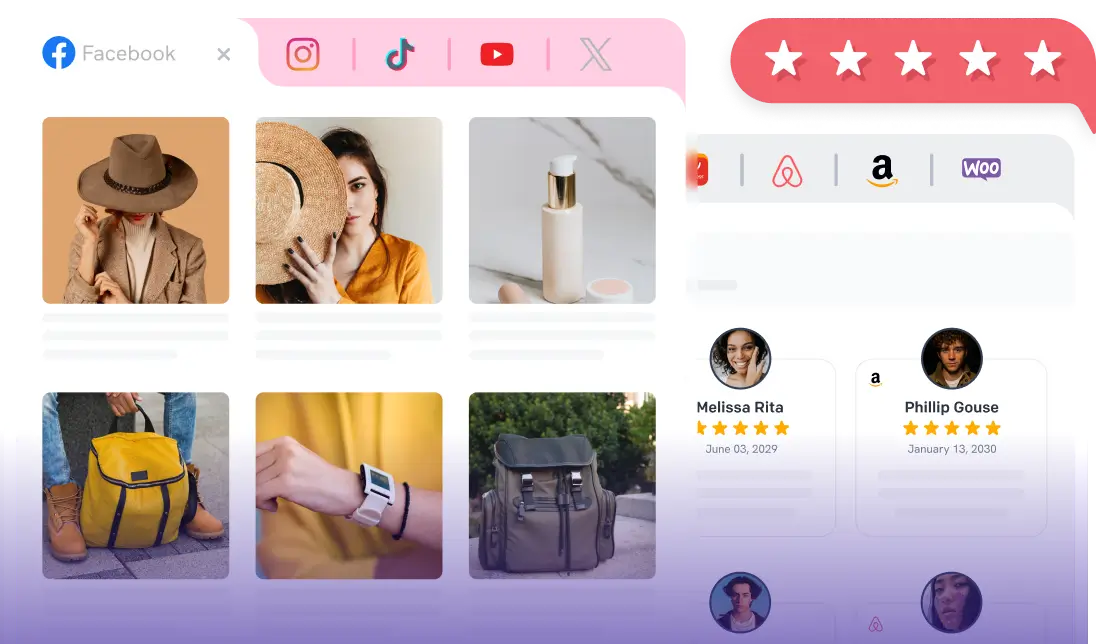








Leave a Reply